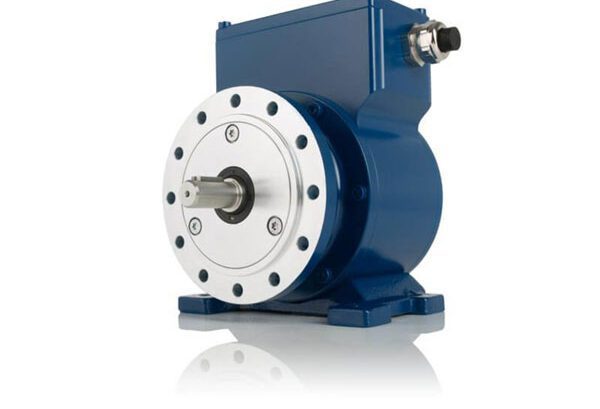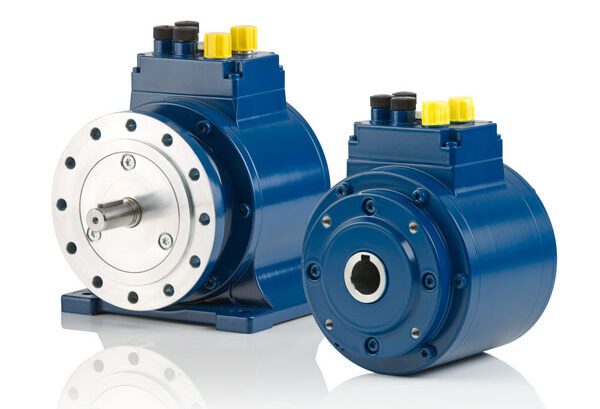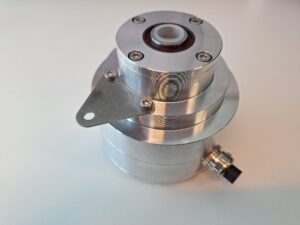Maximizing Encoder Lifespan: Maintenance Tips to Avoid Downtime
Maximizing Encoder Lifespan: Maintenance Tips to Avoid Downtime
Encoders play a crucial role in industrial automation, motion control, and various other applications where precise position and speed measurement are required. A well-maintained encoder can ensure smooth operations, reduce costs, and prevent unexpected downtime. Therefore, this guide provides essential maintenance tips and best practices to maximize the lifespan of encoders while minimizing operational disruptions.
Understanding Encoders and Their Importance
Encoders are devices that convert motion into an electrical signal that can be interpreted by a control system. They are essential in industries such as manufacturing, robotics, and material handling, providing real-time feedback for accuracy and efficiency.
There are two main types of encoders:
- Incremental Encoders: Measure relative position and provide pulses to indicate movement.
- Absolute Encoders: Provide specific position information, even after power loss.
Since proper maintenance is critical, ensuring these devices function reliably for extended periods is necessary.
Common Causes of Encoder Failures
Understanding the primary causes of encoder failures can help in developing preventive maintenance strategies. More importantly, addressing these issues early can prevent costly breakdowns.
- Contamination: Dust, dirt, oil, and moisture can interfere with the encoder’s optical or magnetic components, leading to erratic signals or complete failure.
- Electrical Noise and Interference: Electromagnetic interference (EMI) from nearby machinery or power lines can disrupt encoder signals.
- Mechanical Misalignment: Improper installation or misalignment can cause excessive wear and tear on encoder components.
- Cable and Connector Damage: Frequent bending, stretching, or improper securing of encoder cables can result in signal loss or short circuits.
- Temperature Extremes: Operating encoders outside their specified temperature range can degrade components and affect performance.
- Vibration and Shock: Excessive vibration or mechanical shock can lead to premature failure of internal encoder parts.
- Power Surges: Voltage spikes or improper grounding can damage encoder electronics.
Best Practices for Maximizing Encoder Lifespan
1. Proper Installation and Alignment
A correctly installed encoder is less likely to suffer premature failure. To achieve this, follow these best practices:
- Ensure shafts and couplings are aligned precisely to prevent undue mechanical stress.
- Use flexible couplings to compensate for minor misalignments.
- Secure the encoder housing firmly to avoid vibrations that could affect accuracy.
- Avoid mounting encoders in locations where excessive heat, moisture, or contaminants are present.
2. Regular Cleaning and Inspection
Periodic cleaning and inspection can prevent contamination-related failures. As a result:
- Use compressed air to remove dust and debris.
- Clean optical and magnetic components with a lint-free cloth and appropriate solvent if necessary.
- Inspect for signs of wear, corrosion, or loose components.
- Check for unusual noises or movement when the encoder operates.
3. Protect Against Contaminants
Encoders are often exposed to harsh environments. Therefore, protective measures are essential:
- Use sealed or IP-rated encoders for dusty, wet, or hazardous environments.
- Implement protective covers or enclosures if operating in challenging conditions.
- Ensure proper sealing around encoder housings to prevent ingress of contaminants.
4. Mitigating Electrical Noise and Interference
To prevent signal disruptions and erratic behavior:
- Use shielded cables and proper grounding techniques.
- Route encoder cables away from high-power lines and electromagnetic sources.
- Install ferrite beads or filters on cables to reduce EMI effects.
- Maintain a stable power supply with appropriate surge protection.
5. Secure and Maintain Cables and Connectors
Encoder failures often stem from poor cable management. To avoid this:
- Use strain relief to prevent tension on cables and connectors.
- Inspect cables regularly for signs of wear, kinks, or loose connections.
- Ensure connectors are properly fastened and free from corrosion.
- Avoid excessive bending or twisting of cables, especially near connectors.
6. Temperature and Environmental Considerations
Keeping encoders within their specified operating conditions is crucial. Therefore:
- Install encoders away from heat sources or provide adequate ventilation.
- Use encoders designed for extreme temperature conditions if necessary.
- Protect against condensation by ensuring stable humidity levels.
7. Shock and Vibration Protection
Encoders mounted on high-vibration machinery require additional safeguards. Thus:
- Use vibration-dampening mounts to minimize mechanical stress.
- Secure the encoder housing to prevent excessive movement.
- Choose heavy-duty encoders rated for high-shock environments when applicable.
8. Implementing a Preventive Maintenance Schedule
Proactive maintenance can extend encoder life and reduce downtime. Consequently:
- Conduct regular performance checks to detect early signs of wear.
- Schedule periodic inspections based on operating conditions and usage.
- Keep detailed logs of maintenance activities to track trends and predict failures.
- Replace worn or aging components before they fail.
9. Training and Operator Awareness
Educating personnel on proper encoder handling and maintenance enhances reliability. For instance:
- Train staff to recognize symptoms of encoder malfunctions.
- Establish clear guidelines for handling and installing encoders.
- Encourage immediate reporting of any encoder-related anomalies.
Troubleshooting Common Encoder Issues
Despite best practices, occasional issues may arise. However, understanding common problems and their solutions can minimize downtime.
- Intermittent or No Signal Output
- Check cable connections for looseness or damage.
- Ensure the encoder power supply is stable and at the correct voltage.
- Inspect the encoder housing for contamination or internal damage.
- Erratic or Inaccurate Readings
- Verify proper alignment of the encoder and coupling.
- Check for electromagnetic interference and reroute cables if necessary.
- Inspect the encoder disk for dirt, scratches, or misalignment.
- Encoder Overheating
- Ensure adequate ventilation and avoid exposure to excessive heat.
- Verify that power and grounding connections meet the manufacturer’s specifications.
- Replace encoders with high-temperature-rated models if necessary.
- Excessive Wear on Shaft or Bearings
- Check for misalignment between the encoder and driven shaft.
- Use high-quality couplings that allow for slight misalignments.
- Replace bearings if excessive play or noise is detected.
Conclusion
Encoders are critical components in automation and industrial applications. By implementing proper installation techniques, preventive maintenance, and environmental protection strategies, businesses can maximize encoder lifespan and minimize costly downtime. Furthermore, regular inspections, cleaning, and monitoring can help detect potential failures early, ensuring uninterrupted operation.
By following these best practices, industries relying on encoders can enhance efficiency, improve productivity, and reduce maintenance costs, ultimately optimizing overall system performance.




